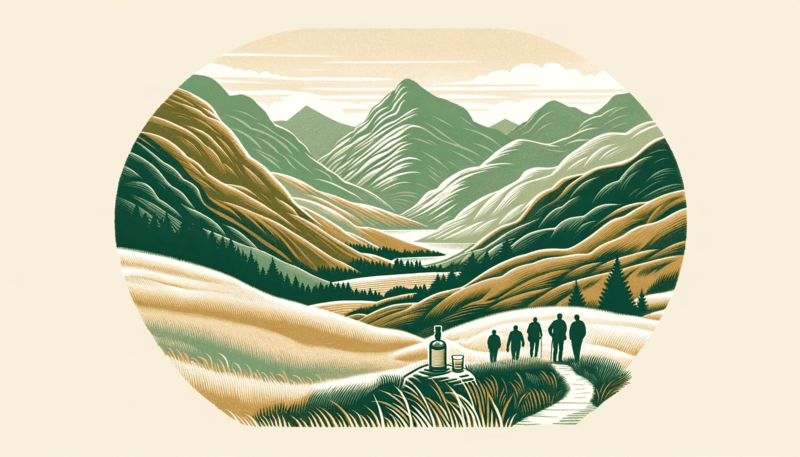Whisky and Wisdom

This week, Derek Sivers published a post entitled Walk and Talk, while Rich Bartlett posted Running a local lodge for your internet friends. Both of them encompass a similar theme: bringing people together to live alongside one another temporarily, creating space for serendipitous conversation and learning.
Derek walked 100km over seven days in Thailand with Liz Danzico, Kevin Kelly, Jason Kottke, Craig Mod and a few others. They naturally broke into small groups to talk while walking the trail. In the evening, the conversation over each dinner was on a topic chosen by one of the walkers, for example Where do you call home? And why?
It sounds like an amazing experience, and one that I personally would slightly prefer to Rich’s experiment in communal living. That’s mainly because I need something to do with myself during all of my waking hours and find unstructured time difficult. I always have done. So walking, which is a long-form activity and topic of conversation, is perfect for me.
What I appreciate about Rich’s post is his giving a peek behind the scenes to show how the economics work. If I was going to organise something like this, it would be based around a walk; perhaps part of Hadrian’s Wall. In fact, these posts are perfectly timed, as I’m going walking with Aaron tomorrow and last time we met we discussed how awesome it would be to invite people for some ‘Whisky and Wisdom’ walks. The whisky would be provided by us, and the wisdom by the group.
I don’t think there’s any ‘perfect’ gathering, and the two approaches — Walk and Talk, and Local Lodge — (quite rightly) reflect the preferences of the organiser. The structure of events is what includes or excludes people, so I guess you need to ensure you’re intentionally including the right people and not unintentionally excluding them. A simple example of this is location. For example, Rich points out that if they had rented a place north of the Pyrenees, more guests would take the train instead of flying. I guess some people might in fact refuse to come if they have to take a flight.
Why do this kind of thing? It’s all about increasing your serendipity surface, and allowing unexpected things to happen. All of the walkers linked above who have written about their experience in Thailand have mentioned the dog that accompanied them for 70km and who they eventually took to the vet. They really formed a bond with the animal, yet this couldn’t have been something that they planned for ahead of time.
This post is mainly me thinking out loud. I’d usually put this kind of thing over at Thought Shrapnel, but I’ve shut up shop there until the new year! More (perhaps) after talking with Aaron tomorrow, and having a think over Christmas…
Image: DALL-E 3
Coda: after writing this, and just before hitting publish, I came across a post by Ethereum founder Vitalik Buterin about Zuzalu, an experiment that aiming to “create a pop-up mini-city that houses two hundred people, and lasts for two whole months”. It sounds like it was more successful than the crypto cruise ship, at least 😂



